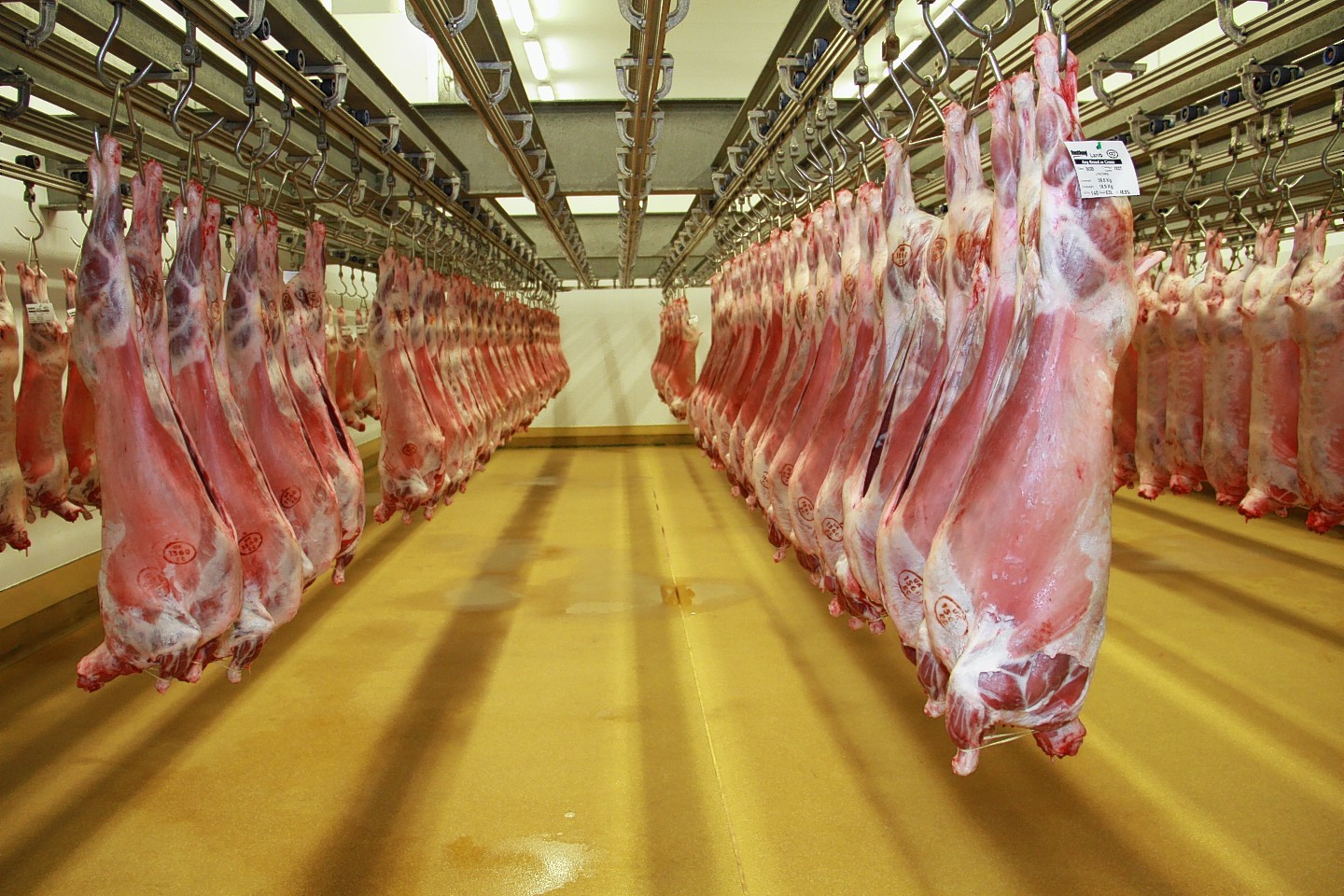A petition calling for an end to the slaughter of animals without stunning will now be considered by politicians after more than 100,000 people signed up to support it.
The e-petition on the UK Government’s website was launched by the British Veterinary Association (BVA), with support from the RSPCA, in May last year.
European and UK legislation stipulates that all animals should be stunned before slaughter to render them insensible to pain.
However, an exemption exists to allow animals to be slaughtered without stunning for certain religious communities – Dhabihah slaughter for halal food and Shechita slaughter for kosher food – although data suggests that more than 80% of animals slaughtered in the UK for halal meat are stunned.
The latest figures from the Food Standards Agency reveal a rise in the number of animals being slaughtered without stunning for halal consumption.
The survey, which is based on 232 red meat slaughterhouses on September 16-22, 2013, compares slaughter practices to a similar survey in 2011.
It revealed a 56% increase in the number of sheep and goats not stunned before slaughter for halal to 44,950 animals, compared with 28,734 before.
The number of cattle slaughtered without stunning for halal was up 31% to 366, while the number of poultry was down 1.7% to 572,429 birds.
Animals being slaughtered without stunning for kosher consumption were down 66% in cattle, 68% in sheep and goats and 69% in poultry.
According to the BVA, the figures suggest that 2% of cattle, 10% of sheep and goats and 4% of poultry killed in the UK are not stunned prior to slaughter.
BVA president John Blackwell said: “The success of the e-petition reaching 100,000 signatures two months before the deadline shows the strength of public opinion and support for the aims of our campaign. Slaughter without stunning unnecessarily compromises animal welfare at the time of death and as such we call for an end to its practice.”
RSPCA head of public affairs David Bowles added: “Animal welfare science and practical experience indicate that cutting animals’ throats while they are fully conscious can cause significant pain and distress. There should be no exemption under the law to allow non-stun slaughter and we urge politicians to take action on this important issue.”
The petition will now be considered by the backbench business committee in the House of Commons, and the BVA hopes it will be debated in the House of Commons as soon as possible.
